The world of comic books and superheroes has long been dominated by characters of European descent, but Black superheroes have steadily carved out their own space in the genre. These characters, often created during times of racial tension and social upheaval, have not only broken barriers within the comic book industry but also helped pave the way for the blockbuster superhero films we enjoy today. From trailblazing stories of empowerment to groundbreaking portrayals on the big screen, these five Black superheroes have had a lasting impact on the world of comics and film, pushing the boundaries of what it means to be a hero.
1. Black Panther (T’Challa)
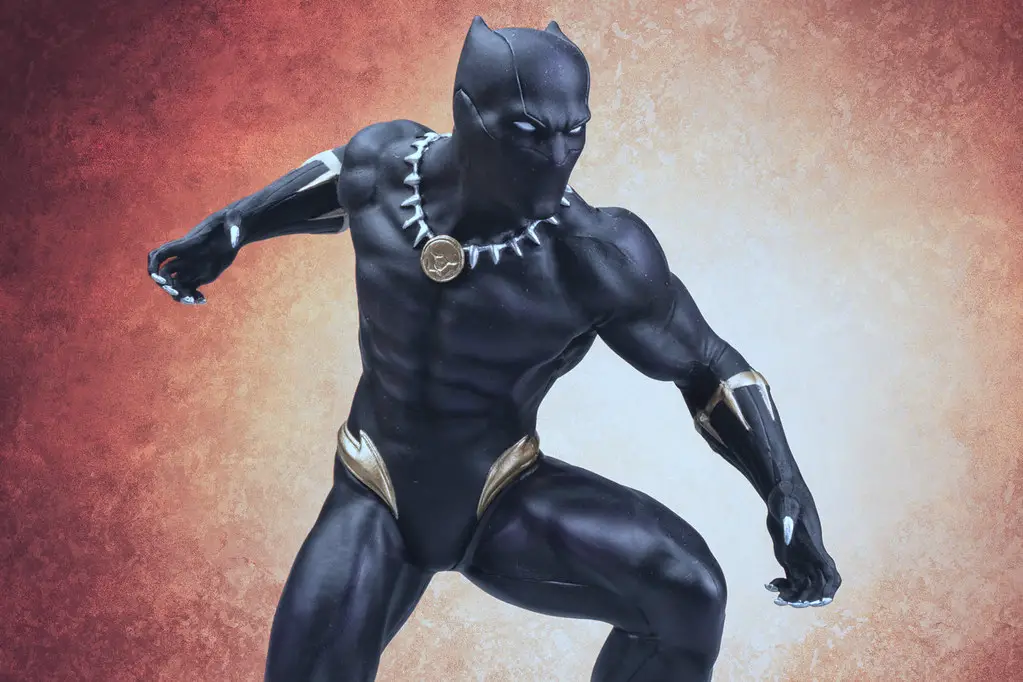
Black Panther, created by Stan Lee and Jack Kirby, made his first appearance in Fantastic Four #52 in 1966. As the king of the fictional African nation of Wakanda, T’Challa is one of the most important and powerful Black superheroes in comic history. Not only does he have extraordinary strength, agility, and intelligence, but he also has access to advanced technology thanks to his nation’s vast vibranium resources. What sets Black Panther apart is his role as a political and cultural leader, representing both the strength of Black people and the rich history of African heritage.
In 2018, Black Panther became a cultural phenomenon when it hit the big screen under the direction of Ryan Coogler. The film’s critical and commercial success, along with its celebration of African culture and powerful Black characters, marked a turning point for representation in Hollywood. Black Panther’s portrayal in the Marvel Cinematic Universe (MCU) solidified him as an international icon and paved the way for a broader embrace of Black characters in superhero films, making him one of the most influential Black superheroes ever.
2. Storm (Ororo Munroe)
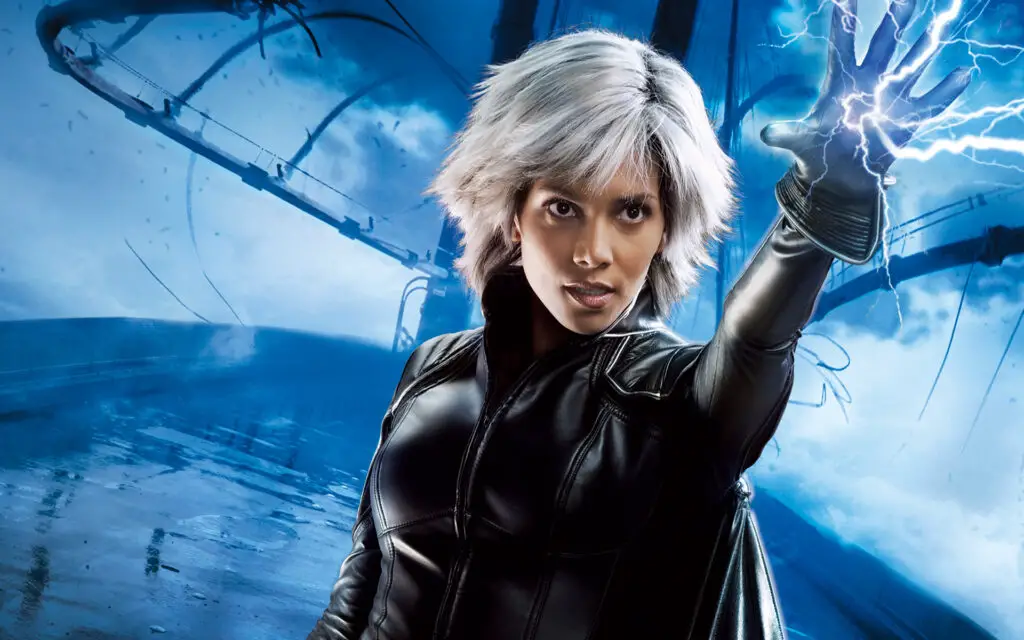
Storm, whose first appearance was in Giant-Size X-Men #1 in 1975, is one of Marvel’s most powerful mutants. Created by writer Len Wein and artist Dave Cockrum, Storm’s backstory as an orphaned child who was raised to be a thief in Cairo, Egypt, before rising to power as the leader of the X-Men was groundbreaking. As the daughter of a tribal princess, Ororo Munroe, aka Storm, became one of the first Black women to be depicted as a superhero in a major comic series.
Storm’s powers—control over the weather—are immense, and her leadership within the X-Men has been integral to the team’s success. Storm has also been featured prominently in the X-Men film series, with Halle Berry’s portrayal of the character helping to bring her to a broader audience. As one of the most prominent Black women in superhero comics, Storm helped to break stereotypes and provide a strong, complex female superhero who stood at the forefront of a beloved comic team.
3. Luke Cage
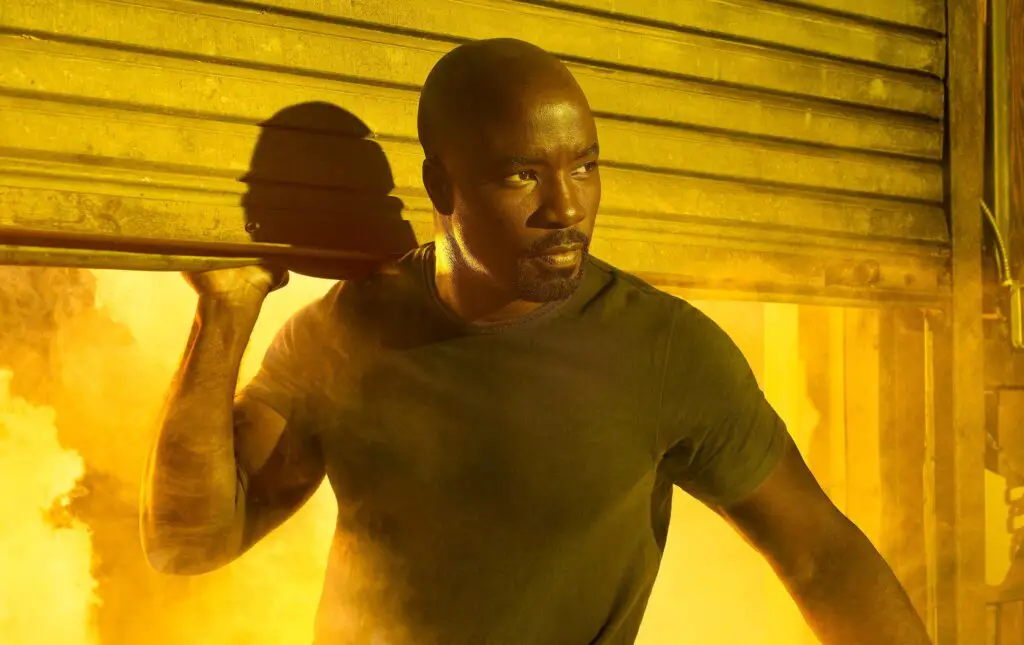
Luke Cage, also known as Power Man, was created by Archie Goodwin, John Romita Sr., and George Tuska in 1972 as part of the “blaxploitation” movement in comics. Cage’s origins are deeply connected to the urban experience, as he was wrongfully imprisoned, subjected to an experimental procedure that gave him unbreakable skin and superhuman strength. After being released from prison, Luke Cage becomes a hero for hire, using his powers to fight crime in Harlem and beyond.
What made Luke Cage stand out was his transformation from a street-level hero with a deep connection to his community to a prominent figure in the Marvel Universe. The Netflix series Luke Cage (2016) brought the character into the mainstream spotlight, highlighting his role as a Black hero fighting for justice in a world that often overlooks marginalized communities. The show, praised for its deep dive into race, power, and identity, helped establish Luke Cage as a staple of modern superhero storytelling.
4. Blade
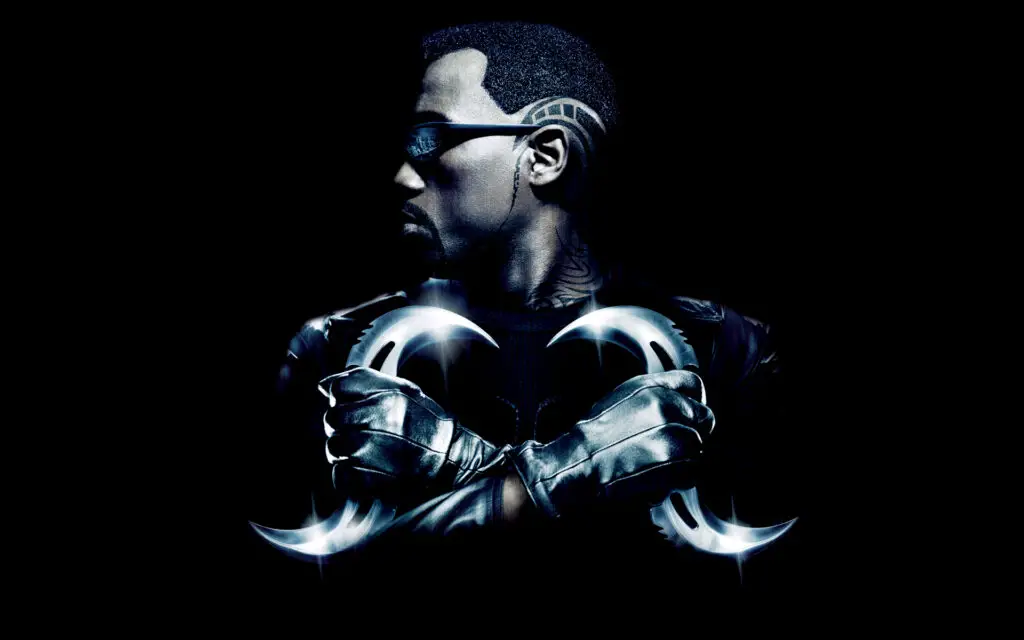
Blade, first introduced in The Tomb of Dracula #10 in 1973, was created by writer Marv Wolfman and artist Gene Colan. Blade, also known as the Daywalker, is a half-human, half-vampire superhero who hunts vampires and supernatural threats. His unique status allows him to operate in daylight while retaining the strength, agility, and speed of a vampire. Blade’s fierce independence and relentless fight against the undead made him a standout character in the Marvel Universe.
Blade became an even bigger cultural figure with the release of the Blade film series starting in 1998, starring Wesley Snipes. The films, particularly the first two, were critical to the development of the modern superhero genre, demonstrating that darker, more mature, and genre-blending superhero films could succeed at the box office. Blade’s success paved the way for other superhero films, including X-Men and Spider-Man, and showed Hollywood that there was an appetite for superhero stories that featured complex characters and darker tones.
5. Green Lantern (John Stewart)
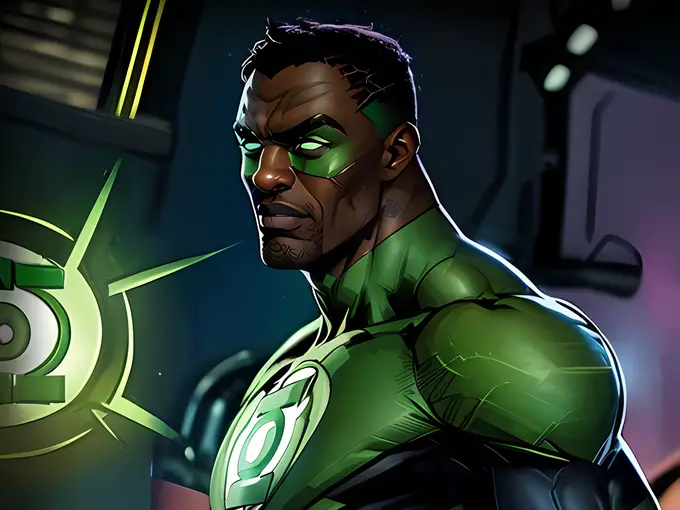
While the original Green Lantern, Hal Jordan, is widely recognized, the Green Lantern who truly broke new ground for Black superheroes was John Stewart. Created by writer Denny O’Neil and artist Neal Adams in Green Lantern #87 in 1971, Stewart became one of the first Black superheroes to hold a prominent position in DC Comics. Stewart’s introduction as the Green Lantern of Sector 2814, alongside Hal Jordan, was a significant moment in the history of Black comic characters.
John Stewart is known for his intelligence, strength, and unwavering moral compass, often serving as the more serious and introspective counterpart to Hal Jordan’s more reckless character. Stewart was a pivotal character in the Justice League animated series and later appeared in Justice League: War and The New 52 comics, gaining a solid fan base. His portrayal in animated series and comics has made him a significant figure in the DC Universe, demonstrating that Black superheroes can lead and command teams just as effectively as any other hero.
